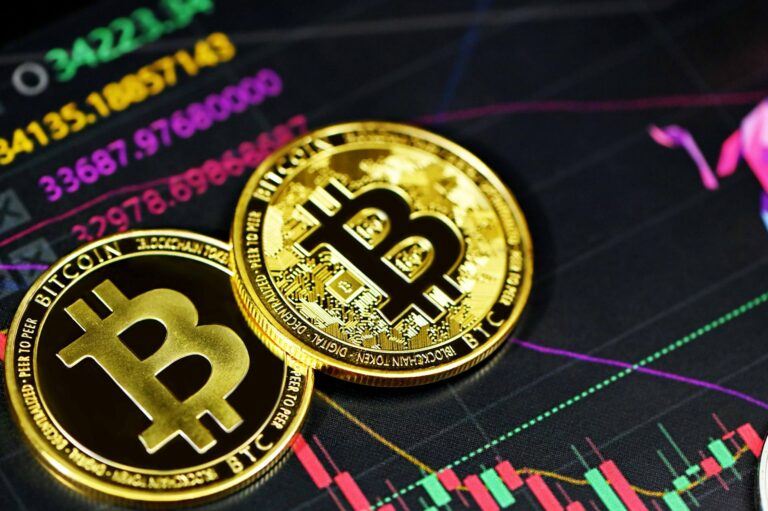Large Bitcoin investors, colloquially known as whales, have been quietly accumulating the flagship cryptocurrency as its price seemingly starts to recover from a recent drawdown that saw it hit a low just above the $58,000 mark.
According to data shared by on-chain analytics firm IntoTheBlock, holders who control at least 0.1% of Bitcoin’s total supply have added 7,130 BTC worth around $436 million to their wallets in a single day amid the price drop.
This buying activity is reflected in the “Large Holders Netflow” metric, which tracks the net movement of Bitcoin into and out of wallets associated with these major investors. IntoTheBlock’s definition of large Bitcoin holders – those with at least 0.1% of the cryptocurrency supply – means holders with at least 19,700 BTC, or around $1.2 billion.
This recent buying spree represents the strongest net inflows from large holders since late May and could be interpreted as a sign that BTC whales view current prices as low and as an attractive opportunity to add to their Bitcoin holdings, potentially disregarding the wider market fear.
As CryptoGlobe reported, the cryptocurrency’s recent price drip has seen a technical indicator suggest Bitcoin entered oversold territory. The Relative Strength Index (RSI), a technical indicator meant to chart the current and historical strength or weakness of an asset‘s recent price changes, has dipped into “oversold” territory for Bitcoin, according to popular analyst Ali Martinez, who noted that the last three times it dipped into this territory BTC’s price surged.
Bitcoin entered oversold territory after dipping below $62,000 according to Martinez, but the cryptocurrency kept on dropping to trade at little over $58,000 before recovering, and is now changing hands for $61,100.
Intriguingly, past instances of the RSI reaching oversold levels have been followed by significant price surges for Bitcoin. In August 2023, a similar RSI signal preceded a remarkable 197% rally, while in November 2022 and March 2023 oversold levels were followed by surges of 60% and 62%, respectively.
Featured image via Unsplash.








